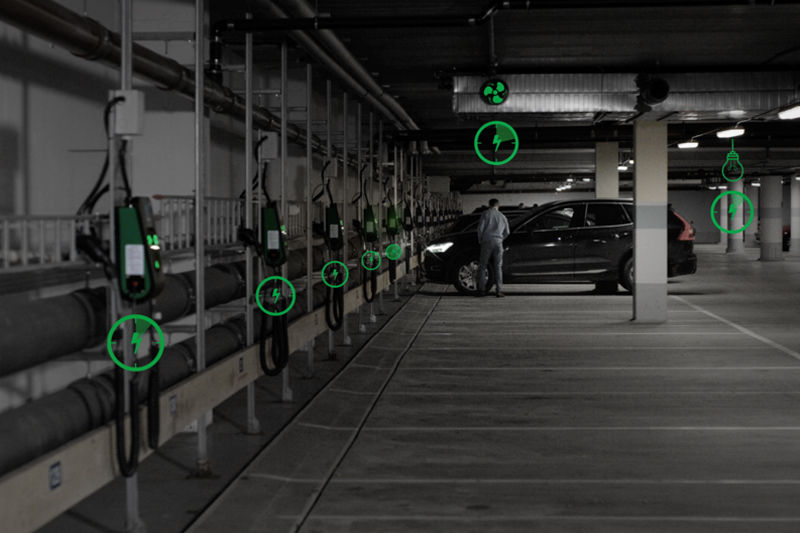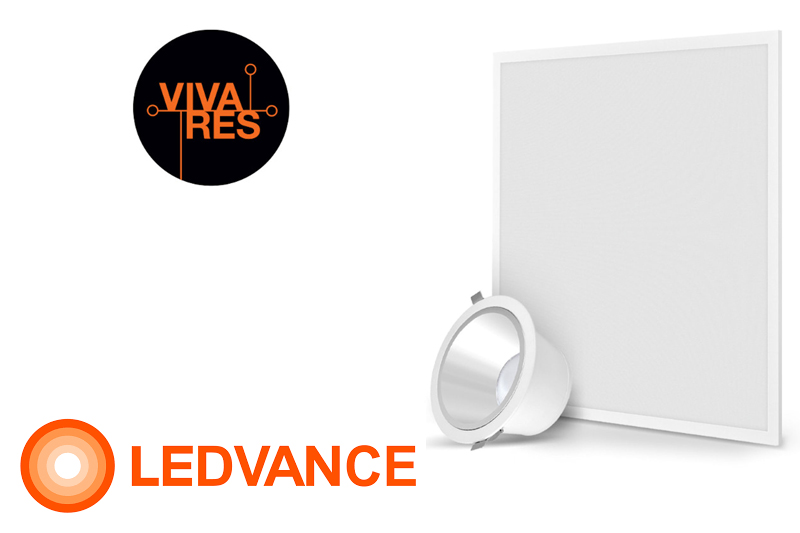When specifying and/or installing a charging network, it’s important to fit for the future. Here Craig Slater, UK Sales Manager from CTEK, looks at the importance of Open Charge Point Protocol (OCPP) in protecting customers against being tied into a particular manufacturer for future network expansion.

The number of electrical vehicles (EVs) on the road continues to increase at a rapid rate, and government initiatives to drive the expansion of the UK charging infrastructure are starting to take effect.
The UK Government has committed to phase out the sale of new petrol and diesel cars and vans by 2030, 10 years earlier than originally planned. This is a key step on the ‘road to zero’ for the UK to achieve net zero emissions by 2050. And, as the number of rechargeable vehicles on Britain’s roads increases, the need for a robust and extensive charging network becomes ever more critical to meet the needs of today’s electric cars.
Thinking ahead
When specifying a charging network however, it’s important to fit for the future, not just for today, to allow for easy expansion of the network as demand inevitably grows. When recommending an EV charging solution, make sure the EV chargers and associated software systems are future-proofed, to allow further charging points to be added, without needing to upgrade the system.
Try not to limit the flexibility of your recommendation, make sure that any solution you present can seamlessly integrate with other manufacturers’ charge points and systems, through Open Charge Point Protocol (OCPP). CTEK recommends to always check prior to installation that EV chargers are OCPP compliant because, if they’re not, the owner runs the risk of being tied into a particular manufacturer for future network expansion, w
hich could stop customers taking advantage of price competition and any new technologies and innovations coming out from other providers.
What is OCPP?
Since 2009, the Open Charge Alliance has promoted the benefits of OCPP in order to make Electric Vehicle (EV) networks open and accessible.
OCPP Certification Programme
Every company involved with OCPP 1.6 implementations can now get the official, independent OCPP 1.6 Certificate. This will register their product as a certified compliant implementation – check that products have this certification.
What does this mean to your customers?
With certain EV charging stations that are not OCPP-compliant, the unit will only work with its own brand of software. That could also mean your customers being tied to standard network fees or other costs. When you choose an OCPP-compliant charging solution on the other hand, you can change your network whenever you want. OCPP means that there is an open application protocol which allows EV charging stations and management systems such as payment and monitoring solutions from different vendors to communicate with each other. So, for example if you have a customer with an existing OCPP compliant payroll system, that can bill for EV charging in the workplace, they would be able to select any OCPP compliant EV chargers to add to this network.
Why does OCPP seem to be such a hot topic at the moment?
With the growing number of EVs and charging points, available power for charging sessions will soon need to start being coordinated in a more intelligent way. With larger networks comes a much greater level of complexity and a solution that needs to be configured, monitored and controlled.
Don’t forget to balance the load!
Load balancing is also a big consideration. The demand for EV charging is growing exponentially, but the grid supplying the electricity is not growing at the same pace. As power is a finite resource, demand on the grid needs to be managed. Using dynamic load balancing on EV charging networks reduces the need for grid expansion and keeps connection costs down by optimising and distributing available power between the building and across all operational charge points. Communication is once again needed between the EV chargers and other power management systems such as the main power grid and possibly solar power and other management systems. Once again, OCPP gives flexibility to work with any OCPP compliant solutions, giving maximum flexibility.
We recognise the needs of our customers to have maximum flexibility and so we have developed a really flexible range of single and dual output products, that are easy to install and maintain, the added benefit of open integration (OCPP compliance), making them compatible with all third-party payment and monitoring systems. Our Chargestorm Connected 2 units can be installed as a new network and even introduced into an existing network with other brands of EV chargers.
Our load-balancing solution than can handle up to 500 EV chargers and market-leading monitoring solutions will provide a complete end-to-end solution for local authorities that is easy to deliver and manage.
Remember, when designing and specifying an EV charging network it’s important that this investment looks at the long-term, being scalable and able to adapt to user demand and government regulation. Introducing OCPP-certified hardware to any solution will bring maximum flexibility for now and into the future.
To learn more about the OCCP and the range of products from C-TEK, visit: https://www.ctek.com/uk/





